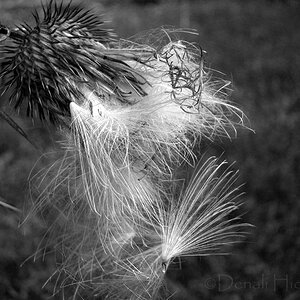white
TPF Noob!
- Joined
- Mar 7, 2010
- Messages
- 1,131
- Reaction score
- 7
- Can others edit my Photos
- Photos OK to edit
Right. I knew light meters were calibrated to make everything middle gray, but I didn't think about stopping down to make the shadows fall into Zone III or II. Normally I filled the frame with the shadows knowing that it would turn them middle gray and I thought I could "fix" the overexposure by underdeveloping. Like you said, though, that's a little over my head at the moment.A couple of issues. When you say you're metering for the shadows, how are you doing so? To use Zone System terminology, your meter is going to meter that area for Zone 5 or middle gray. If you then pull back and shoot the scene at those settings it is going to overexpose everything. Your shadows are going to come out middle gray. Not good for the shadows and the highlights are going to be 2-3 stops overexposed. "Metering for the shadows" implies that you are going to meter the shadow area and then stop down from there to put the shadows 2-4 stops below middle gray, depending on how much texture and detail you want in the shadows.
I used to want to shoot everything at f/1.4 because I love soft blur, but I've learned through painful trial and error that f/2.8 is often good enough for my purposes, and sometimes even f/4 if I am close enough to the subject.re: DOF. Like I said, if you are going to shoot shallow DOF at close range you have to be extremely precise. You have no margin for error. At that close range you will have a relatively shallow DOF even when you stop down a few stops.
Anyway, today while I was printing the photograph of the building, I discovered that my enlarger lens shifted focus to different parts of the negative, causing either the foreground or background to blur. Thing is, most of the negative is sharp. So when I made the print I focused on the foreground bricks, since that is what I could see clearly. What I am wondering is if the enlarger lens functions like an ordinary camera lens, and if so, that I should focus my enlarger somewhere in the middle of the image to ensure that everything in focus in the negative is in focus in the print.
Probably not. It's likely due to having the enlarger lens wide open (f/2.8) to ensure maximum light for focusing, right?


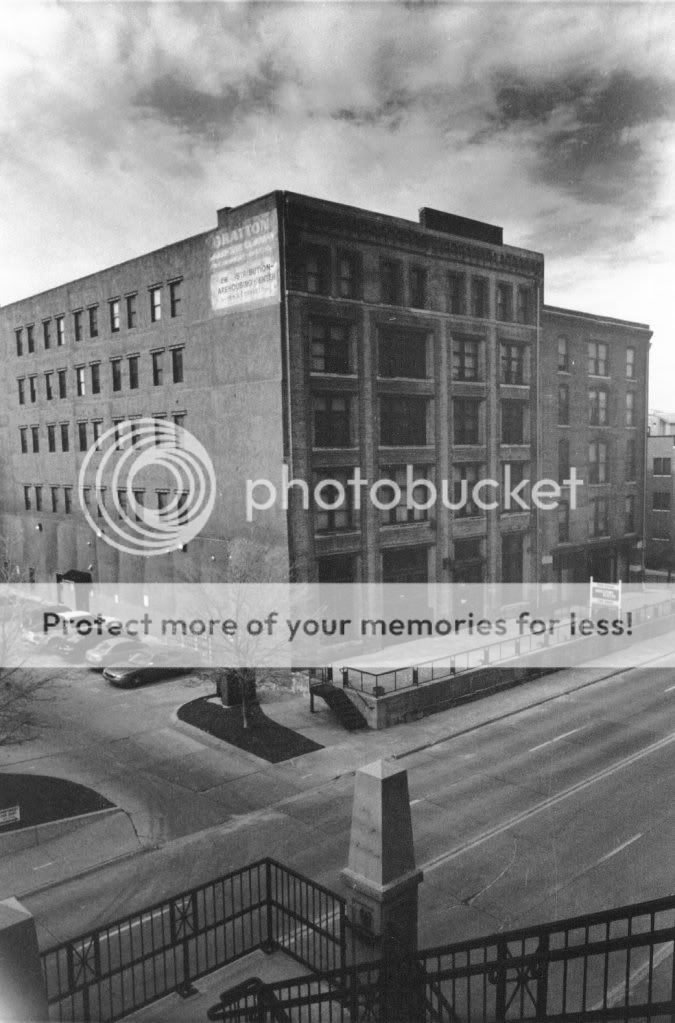
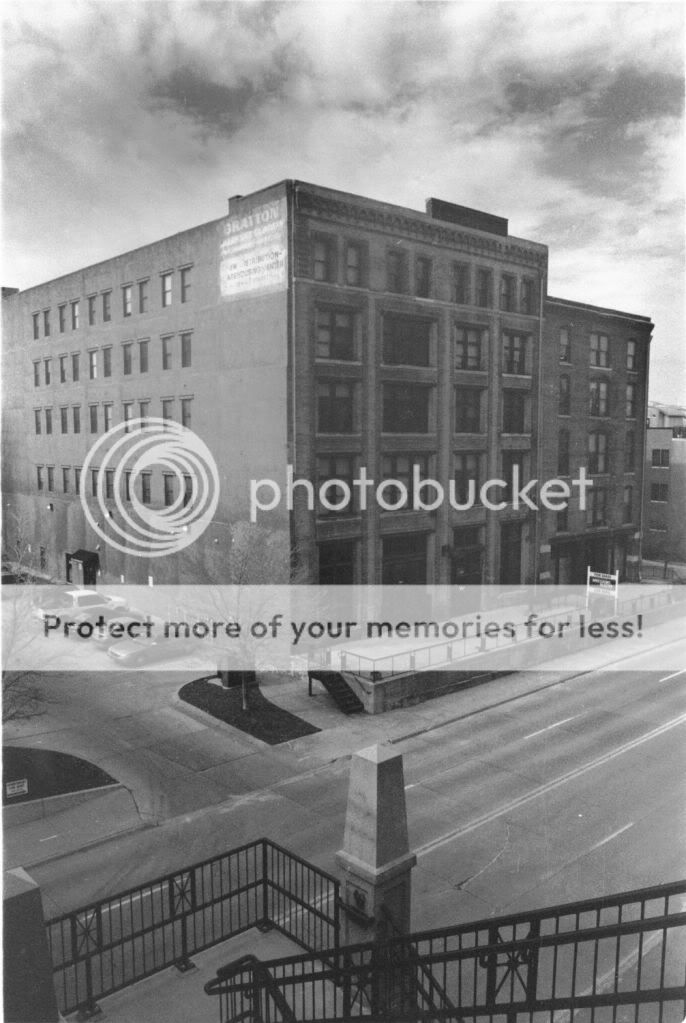

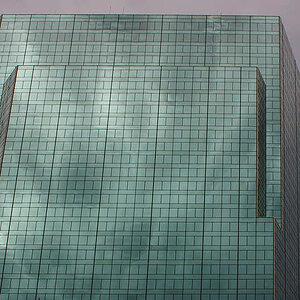
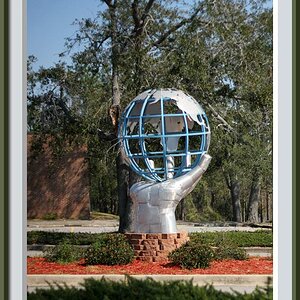
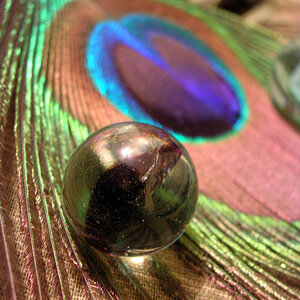
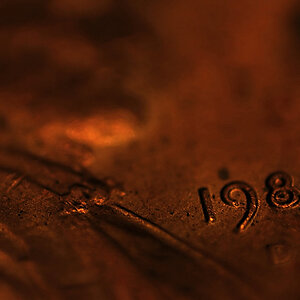
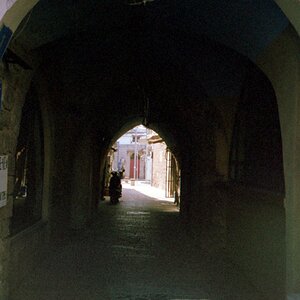
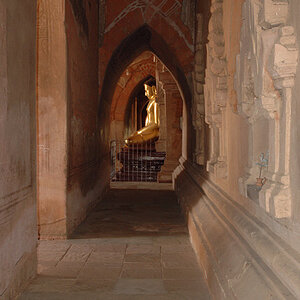
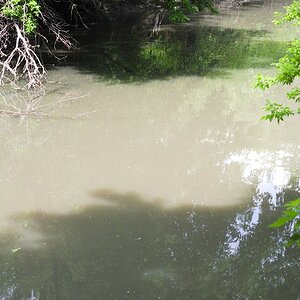
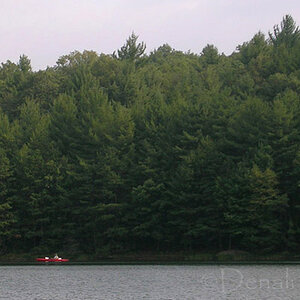
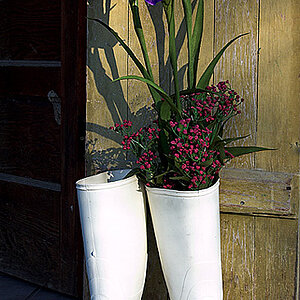
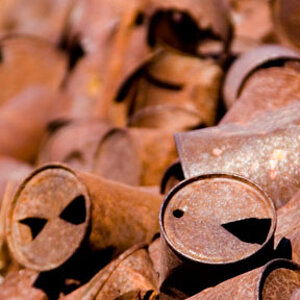
![[No title]](/data/xfmg/thumbnail/42/42020-6dbbc2fb244014aa89adfe2ccf067af7.jpg?1619739979)
